Three Ceramicists Influential to Me
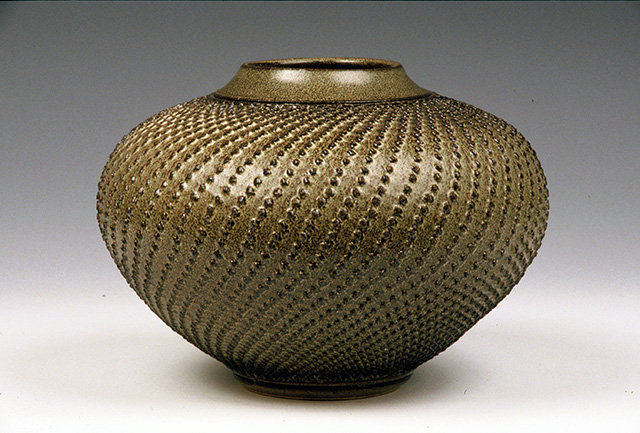
Figure 1. Pine Vase by author, 2008, 22cm x 18cm tall (photo by author)
During my 12-year career in ceramics, I have learned from many people – fellow students, teachers, and senior ceramics artists. I appreciate the valuable insights from all of them. There are three artists who have most influenced my work and career. The first was an early mentor and friend, the second was a famous and gracious Japanese master and the third artist is an American master.
I would like to share their careers and influences on me, but first I should briefly explain my ceramic art. I create classic forms and use surface textures to give the work energy and vitality, resulting in art that is both pleasing and alive (Figure 1). I seek to create patterns and textures that emphasize the organic interplay between order and randomness found in Nature. I use multiple glazes to intensify the dynamic tension in my surfaces. Although functional, my work is often prized as decorative. More examples of my work can be seen on the Artist’s Portfolio pages on the website.
I met Gary Clarien when I took my first ceramics courses at the Palo Alto Art Center (PAAC) in California. Gary (Figure 2) was the Studio Supervisor for 35 years. Although he was not teaching courses at the time, he was available to students for questions. As an excited new student with an engineering background, I was eager to develop my skills and art. Gary saw that enthusiasm and became my mentor. His ability to demonstrate techniques and explain the underlying principles was exciting. Often he provides an insight into my work that I do not recognize until later. Although our styles of work are different, his instruction became the basis for my skills and development.
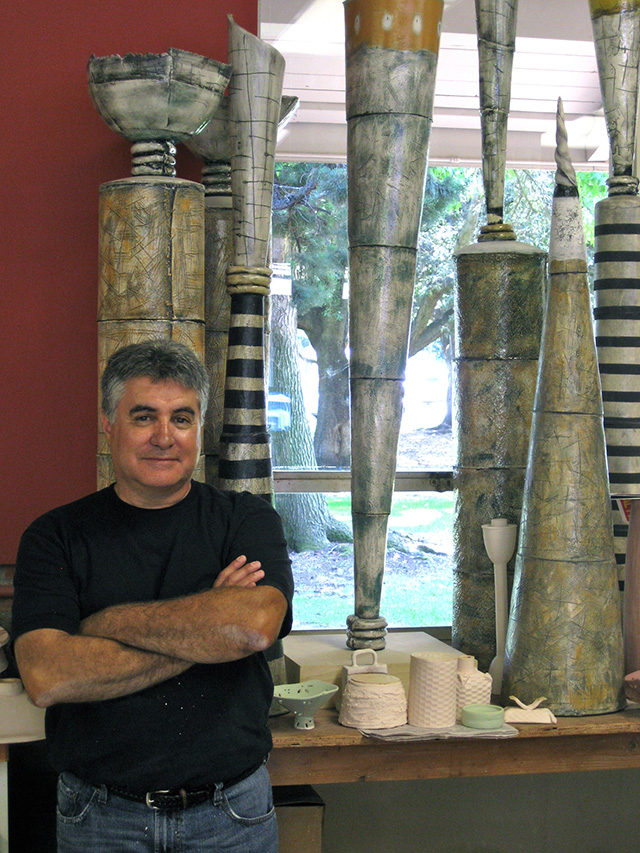
Figure 2. Gary Clarien with sculptures, 2009 (photo by author)
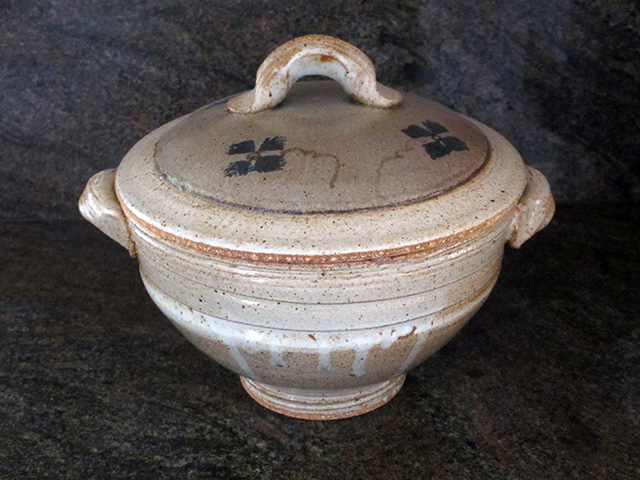
Figure 3. Casserole by Gary Clarien, 2009, 28cm x 19cm tall (photo by author)
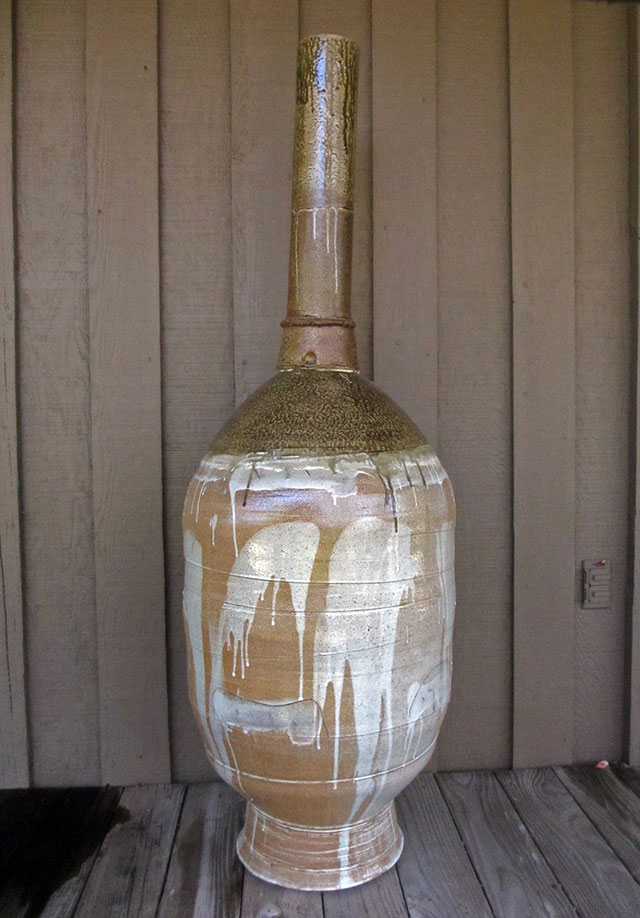
Figure 4. Large thrown sculpture by Gary Clarien, 2008, 150cm tall x 46cm. (photo by author)
Gary studied ceramics at Foothill College in Los Altos, California, but much of his skills are self-taught. He soon became the Studio Supervisor and Producer of the Art Program there. He setup the studio to accommodate classes of 25 students. The studio was well organized and equipped with many elements hand-built by Gary. The focus was on stoneware and porcelain clays fired to cone 10. In addition he developed American raku kilns of his own design for low firing. The first time I visited the studio I was stuck by the environment he had created and signed up for class immediately.
Gary believes ceramic art is communication, “an interpretation of a visual thought or an idea expressed through clay.” Functional or non-functional – his approach is the same. The traditional forums of pottery vases and bowls inspire his wheel-thrown and hand-built work (Figure 3). He prefers working in stoneware because of the earthy qualities of the brown tones and texture. His glazes also reference the earth and the history of glaze making. His glazing is often thin and multilayered in order to bring allow beauty of the clay to come through. Gary’s decorating style is a mixture of Asian brushwork, simple designs, and contemporary painting. He says that the scale of his sculptural thrown-forms is “over-sized to take the simple form out of the ordinary into the extraordinary” (Figure 4). When asked to describe his work, he says “exploration.” When working on one piece he sees the possibilities for another and cannot wait to get started.
Gary has always encouraged me to explore. I often ask him questions about techniques or issues. At some point in our discussion, he will say to me, “Lee try it and see.” Asking questions is smart and can save a lot of wasted time, but there is no substitute for exploring and discovering the unexpected. Although our styles of work are very different, the fundamentals of form and balance are similar. His influence is clearly in my work.
Shimaoka Tatsuzo (Figure 5) is the second great influence on my work. Visiting Japan in 2000 with other American ceramic artists, I met him at his studio in Mashiko, a ceramics town located in Haga, Tochigi, Japan. Shimaoka Tatsuzo worked in Mashiko from 1953 until his death in 2007. During my visits to his studio, I was struck by his wonderful texturing and decorating techniques. One technique fascinated me. It was called Jomon zogan. This involves making impression in leather hard clay using silk ropes and then inlaying white slip in the impression. Finally a surface is scraped to reveal the texture. A single teacup became my inspiration (Figure 6). When I returned to my studio, I had some success copying this texturing, but I found that impressing the rope also slightly distorted the classical shapes I was making. I tried impressing the rope on cylinders prior to expanding the volume of the vessel on the potter’s wheel. However the resulting pattern was no longer visually strong. This lead me try other deeper impressing techniques. In the end, my texturing is completely different (see my website: www.LeeMiddleman.com), but the impact of Shimaoka’s teacup and many larger Jomon zogan pottery is essential to me.
Shimaoka Tatsuzo was born in 1919 in Minato-ku, Tokyo. After graduating from the Ceramics Section of the Tokyo Institute of Technology and serving in the Japanese army in Burma, he turned to pottery. Shimaoka said that the Nihon Mingeikan (Folk Museum) was his inspiration to become a potter. In 1946, he became an apprentice to Hamada Shoji (1894-1978), who would be designated a “Living National Treasure” or Ningen Kokuho (more correctly an intangible cultural asset) in 1955.
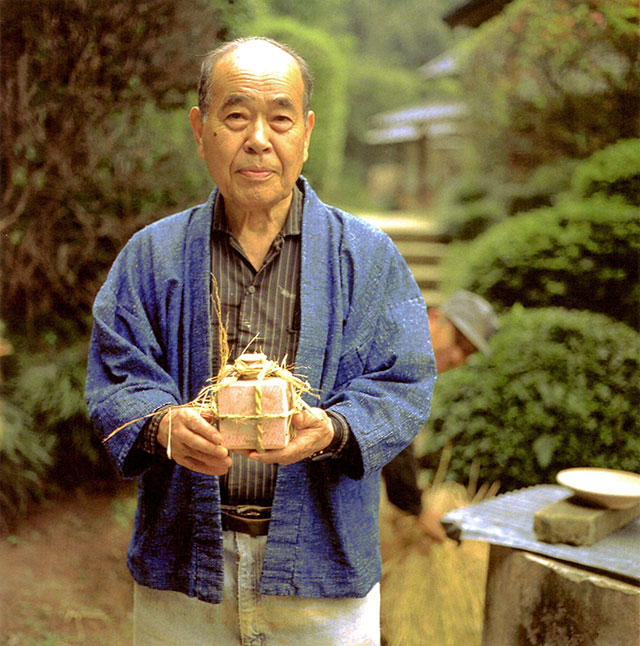
Figure 5. Shimaoka Tatsuzo (photo courtesy of Pucker Gallery, Boston)
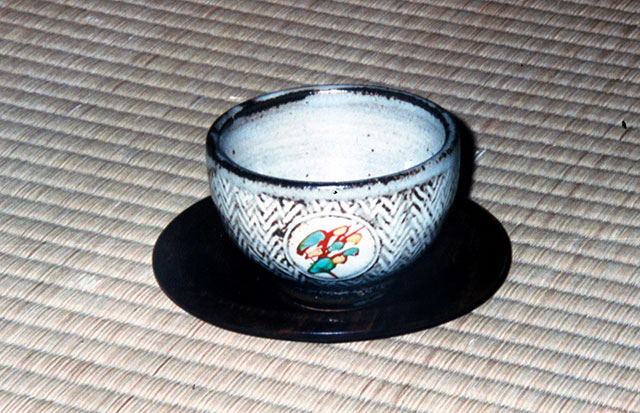
Figure 6. Teacup by Shimaoka Tatsuzo, 2001 (photo by the author)
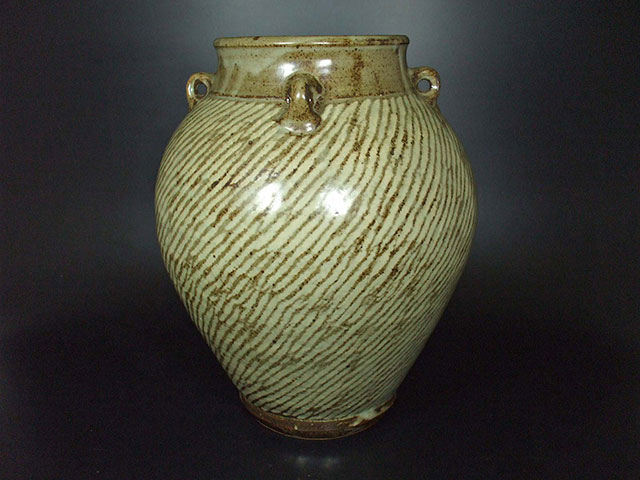
Figure 7. Mashiko Tsubo-Jar by Shimaoka Tatsuzo, 1962, 30.5cm tall x 24cm (photo from Robert Yellin, Yakimono Gallery)
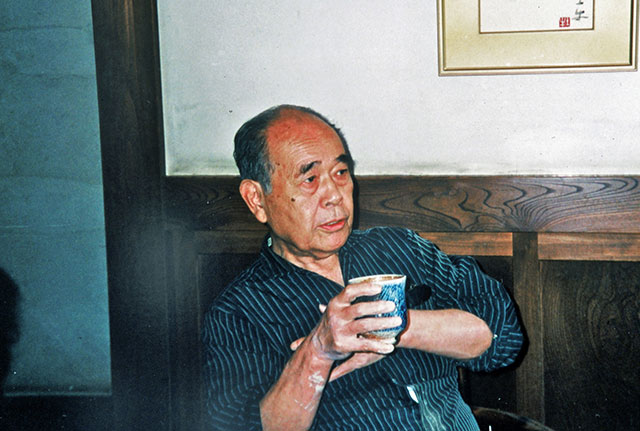
Figure 8. Shimaoka Tatsuzo, 2001 (photo by author)
Shimaoka setup his own pottery in Mashiko in 1953. Shimaoka said that the work of most potters in Mashiko were very similar. They all used local clays and wood-fired climbing kilns. Hamada encouraged Shimaoka to develop his own style. Soon he began developing his unique style of Joman zogan pottery. This style of work was influenced by two ancient techniques. The first technique, Jomon rope decoration, he learned while working at the Tochigi Prefecture Ceramics Training Center. There he made replicas of clays pots and developed an interest in ancient Jomon pottery. Using short lengths of silk rope made by his father, an obihimo maker, Shimaoka decorated his cups, pots, plates, and vessels by impressing the rope into clay work. This is similar to the Jomon, meaning “rope patterned,” pottery made as early as 10,000 BCE. The second technique involved painting white slip over the texture and then using a Korean slip decoration technique of scraping the dried surface to expose the pattern (Figure 7). As he explored this style, he found that only a limited number of rope variations were satisfactory, but during 50+ years of his career, he combined this decoration style with salt glazing, ash glazing, and slip decoration. The breath of Jomon zogan, Shimaoka’s signature work, is impressive.
So far I have focused on Shimaoka Tatsuzo’s decorating, but his range of vessel forms was also impressive. Large plates and vases are quite dramatic, while his tea ware and smaller bottles communicated a quiet nature. Enjoying and studying his forms in galleries and museums has also influenced me. Textures must relate to the form. The starting and stopping points on a vessel and the size and depth of the texture must be in harmony with the shape. I have learned that there are many textures and techniques to try, but only a few really work well on specific shapes. It was interesting to learn that Shimaoka also felt the same.
During his career, Shimaoka traveled and his work became widely collected by museums. After his designation as a Living National Treasure, he continued to make himself accessible to artists from around the world. Always busy in the studio, he took time to have tea with visitors. During my visits, he encouraged conversation and smiled often at our questions (Figure 8). Although I only spent a limited time with him, that time and continued exposure to his works are an ongoing influence. Shimaoka Tatsuzo passed away in 2007 at the age of 88, but his influence on me and other ceramic artists around the world will continue for generations.
In October 2009, I met Harrison McIntosh for the first time (Figure 9). From afar, I had admired his elegant vessels for several years. In 2009 I decided to visit the exhibition “Harrison McIntosh: A Timeless Legacy” at the American Museum of Ceramic Art (AMOCA) in Pomona, California. This retrospective exhibition covered more than sixty years of his ceramic work. Before I went, I discovered that years before a friend’s brother, Whit Adams, had sold Harrison’s work in this gallery in Claremont. Whit offered to arrange a meeting with McIntosh then 93. At the time I did not realize that McIntosh would become the third great influence of me.
Born in Vallejo, California in 1914, Harrison was encouraged by his parents to focus on art. In 1937, when Harrison moved to Los Angeles, he began working in wood and later ceramics at the Foundation of Western Art. In 1939, he took classes with Glenn Lukens (1887-1967) at the University of Southern California. Glenn was an award-winning ceramicist who influenced many of the early contemporary ceramicists including Peter Voulkos, Paul Soldner, Laura Anderson and Harrison. Like Shimaoka, Harrison’s exploration of ceramics was interrupted by World War II. On his return, Harrison enrolled at the Claremont Graduate School in California. He setup his studio with potter Rupert Deese in Claremont in 1954.
With the need to make a living as a potter, Harrison chose cone 6 oxidation firing of matte glazes on graceful forms. He explained to me on our first meeting that he knew he did not work fast enough to make dinnerware for a living. Instead he chose to create functional ware that was decorative and thus recognized as art. He also explained that he had little interest in the abstract contemporary sculpture that was becoming popular. So he focused on elegant vessels. Sgraffito became an important theme in his work, providing simple, symmetrical decoration to his work (Figure 10). Sgraffito is a technique of applying colored clay slips over unfired ceramics and then carving or scratching through these layers.
His graceful forms, sgraffito techniques, and focus on uncomplicated decoration are what attracted me to his work. Although his forms have significantly affected the development of my forms, I have not found full potential for sgraffito in my work. I will use his work to inspire further exploration.
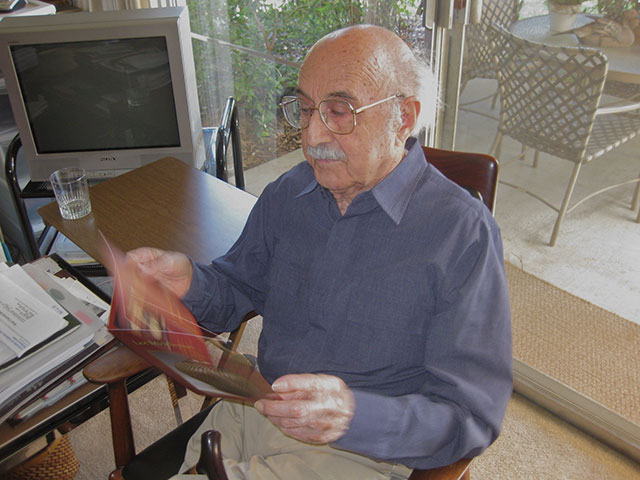
Figure 9. Harrison McIntosh, 2009 (photo by author)
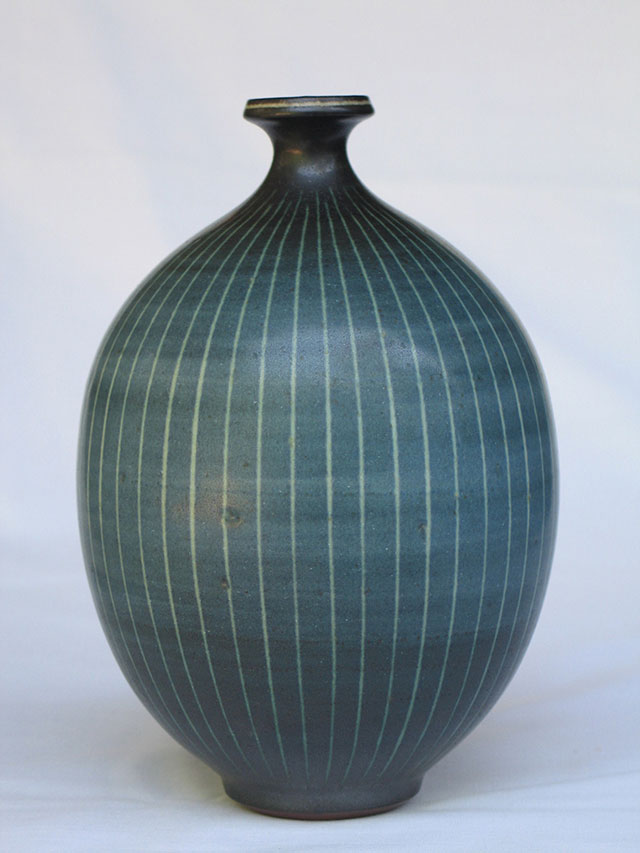
Figure 10. Sgraffito Bottle by Harrison McIntosh, 1974, 11cm x17cm tall (photo from Catherine McIntosh)

Figure 11. Sculpture by Harrison McIntosh, 1982, 15cm x 18cm tall (photo by author)
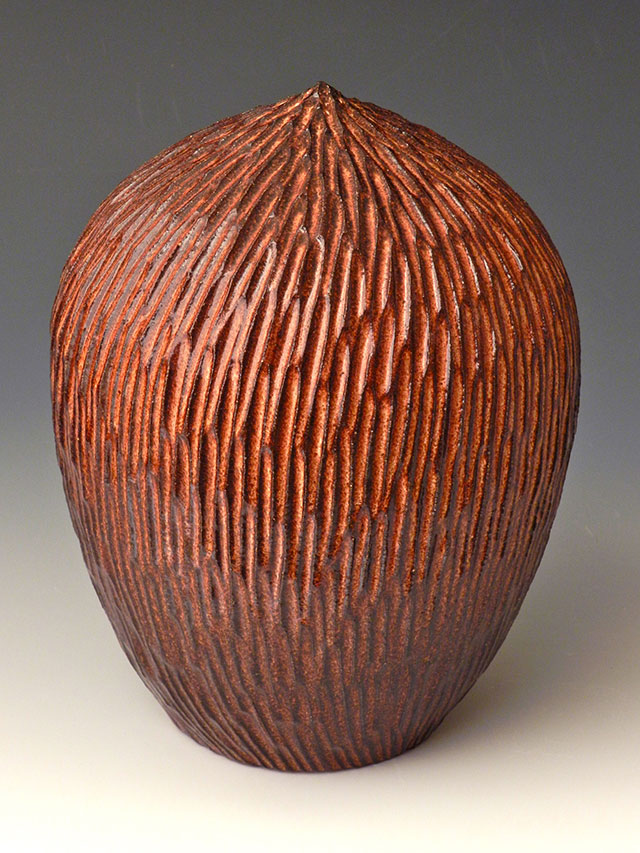
Figure 12. Fire Glaze Sculpture by the author, 2012, 25cm x 35cm tall (photo by author)
I learned that he had a love for gardening and split his time between the garden and the pottery. I too have a love for greenery and split my time between the pottery and my greenhouse. I connected with Harrison’s interest in nature and his need to integrate the symmetry in nature with his work. He experimented with materials and design, keeping complete records of each piece. Sometimes ceramic-art friends chuckle at my studio recording keeping also. Admiring Harrison’s work and his approach to his work has strengthened my instincts and aesthetics.
After visiting his retrospective exhibition at AMOCA and seeing Harrison’s sculptural forms based on functional forms (Figure 11), I have been inspired to make textured closed forms based on my globe vase and bottle forms. This is leading me in a new direction where some of my highly decorative functional ware becomes solely sculptural pieces (Figure 12).
I have met with Harrison McIntosh but a few times. At age 96, he no longer works in the studio, but he has been very kind sharing his views and techniques with me. I cherish these times together.
Working in clay is lifetime experience. I can never stop experimenting and learning. These men will continue to influence my work throughout my career. Thank you Gary Clarien, Shimaoka Tatsuzo, and Harrison McIntosh.
